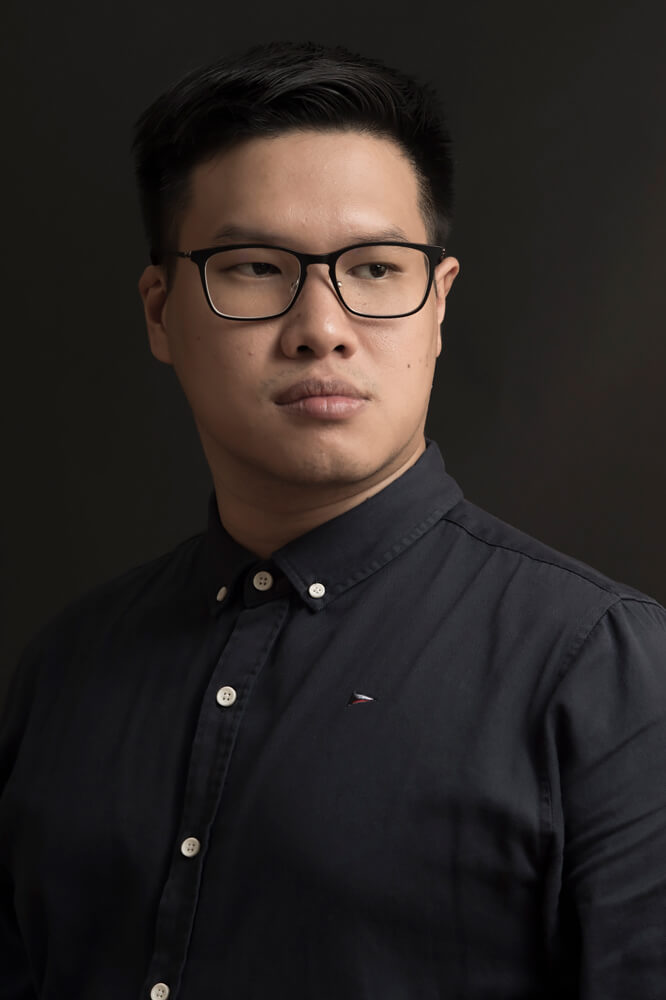Joshua Irwandi (Jakarta, Indonesia) is a freelance documentary photographer based in Jakarta, Indonesia.
Irwandi received a B.A. in English literature from the University of Exeter, and pursued graduate studies in photojournalism and documentary photography at London College of Communication.
While working in West Papua, Indonesia, Irwandi focused on a long-term project on the changes in identity and landscape of the Asmat people. His project 'Not A Blank Canvas' has been awarded the National Geographic Society exploration grant in 2021.
Irwandi was a participant in the 2014 New York Portfolio Review, as well as the Eddie Adams, Magnum Photos, and VII Photo workshops. In 2020, his work is part of the Forhanna Foundation Fund for Young Talent grant and National Geographic Society's COVID-19 Emergency Fund for Journalists project. One of his images, 'The Human Cost of COVID-19', sparked controversy in Indonesia when it went viral after publication by National Geographic. He has exhibited at Breda Photo Festival in the Netherlands. In 2021, he was selected as one of the speakers for the National Geographic Society's Storytellers Summit. Recently, he was nominated for 2021 World Press Photo Award in General News.
Irwandi's work has been featured in National Geographic, TIME, The Times of London, and The Guardian.
